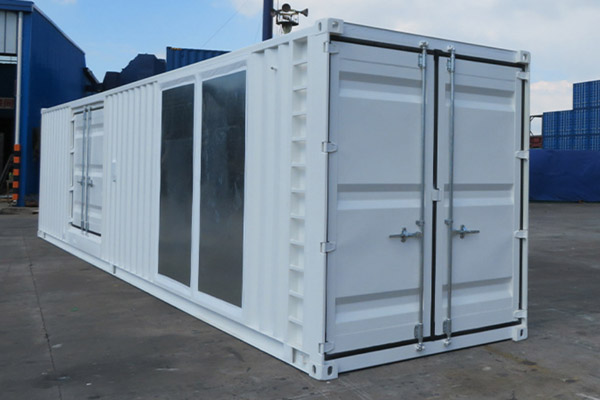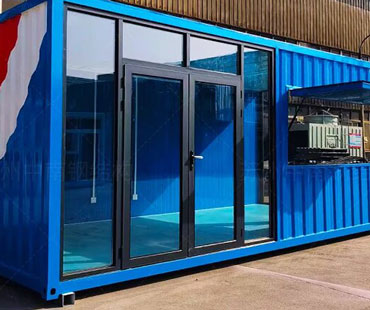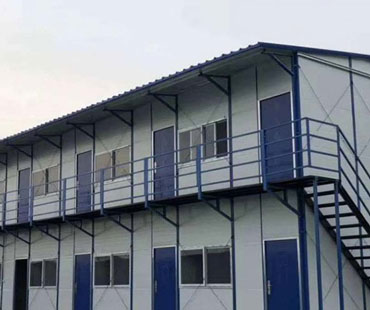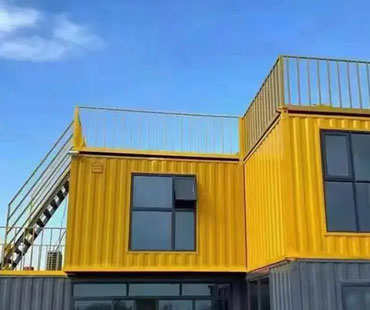Marine containers, commonly referred to as shipping containers, play a pivotal role in global trade and transportation. These robust structures are designed to withstand the rigors of maritime transport, ensuring that cargo reaches its destination safely and efficiently. In this article, we will explore the essential aspects of the structure and design of marine containers and how these factors contribute to the safety of cargo throughout its journey.
Marine containers are standardized, reusable steel boxes used for transporting goods by sea, land, and air. They come in various sizes and types, including standard containers, refrigerated containers (reefers), and specialized containers for specific cargo types. The International Organization for Standardization (ISO) has established specific dimensions and standards for these containers, which facilitates interoperability across different transport modes and enhances logistical efficiency.
1. Structural Integrity
One of the most critical aspects of marine containers is their structural integrity. These containers are engineered to endure the harsh conditions of maritime transport, including extreme weather, physical shocks, and stacking pressures. The primary materials used in the construction of marine containers are high-strength steel and aluminum, which provide durability and resistance to corrosion.
-High-Strength Steel: The container's walls, roof, and floor are constructed from high-strength steel, which allows them to bear heavy loads and resist deformation. This structural resilience is essential, especially when containers are stacked several layers high on cargo ships.
-Reinforced Corners: Marine containers feature corner castings that are reinforced and designed to accommodate lifting and securing during transport. These corner fittings are crucial for ensuring that containers can be safely handled by cranes and other equipment, minimizing the risk of accidents or cargo spills.
2. Design Features for Cargo Safety
The design of marine containers incorporates several features that contribute significantly to the safety of the cargo inside. These design elements are essential for protecting goods from external elements and potential damage during transit.
-Waterproofing and Ventilation: Marine containers are typically constructed with watertight seals to prevent water ingress. This is particularly important for protecting cargo from moisture damage. Additionally, ventilated containers help to regulate humidity levels, which is crucial for perishable goods.
-Secure Locking Mechanisms: Marine containers are equipped with sturdy locking mechanisms that secure the doors and prevent unauthorized access. This security feature is vital for protecting valuable cargo and ensuring that it remains intact throughout the journey.
-Internal Padding and Support: Some marine containers are designed with internal padding or support structures to minimize cargo movement during transport. This is particularly important for fragile items, as it reduces the risk of damage caused by shifting loads or impacts.

3. Compliance with Safety Standards
Marine containers must adhere to strict safety and regulatory standards set by various organizations, including the International Maritime Organization (IMO) and the International Convention for Safe Containers (CSC). These standards ensure that containers are constructed and maintained to specific safety requirements.
-CSC Certification: Containers must undergo regular inspections and receive CSC certification to ensure their structural integrity and safety for transporting cargo. This certification process includes checks for any signs of wear or damage, ensuring that only safe containers are used for shipping.
-Weight Limit Regulations: Each marine container has a maximum weight limit, known as the payload capacity. Exceeding this limit can compromise the structural integrity of the container and pose safety risks during transport. Proper weight distribution and adherence to these limits are critical for safe shipping operations.
4. Technological Innovations
Advancements in technology have further enhanced the design and safety of marine containers. Innovations such as smart tracking systems, temperature controls for reefers, and advanced materials are becoming increasingly common.
-Smart Containers: Equipped with GPS and IoT technology, smart marine containers enable real-time tracking of cargo, allowing shippers to monitor conditions such as temperature, humidity, and location. This data can be invaluable for ensuring that sensitive cargo remains within safe parameters throughout the journey.
-Eco-Friendly Designs: As the maritime industry moves towards sustainability, there is a growing emphasis on eco-friendly container designs. This includes using recyclable materials and implementing energy-efficient technologies for refrigerated containers.
The structure and design of marine containers are fundamental to ensuring the safety of cargo during transit. By combining robust materials, innovative design features, and adherence to safety standards, marine containers protect goods from various risks associated with transportation. As the global demand for efficient shipping solutions continues to grow, ongoing advancements in container technology will further enhance cargo safety and operational efficiency. Understanding these elements is crucial for businesses engaged in international trade, as the integrity of their supply chain relies heavily on the reliability of marine containers.


